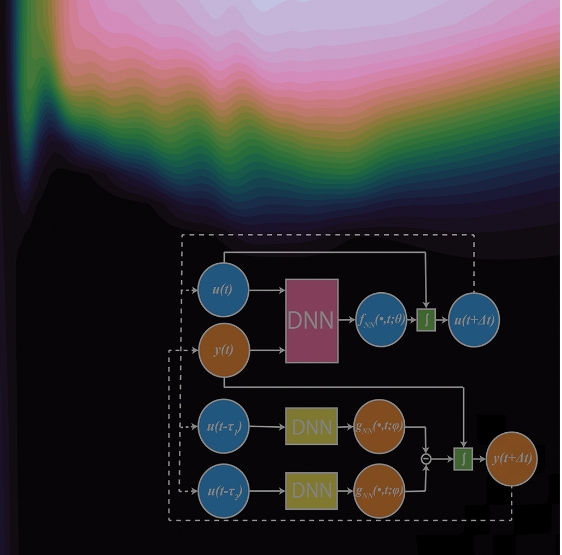Sapsis, T.P., M.P. Ueckermann and P.F.J. Lermusiaux, 2013. Global Analysis of Navier-Stokes and Boussinesq Stochastic Flows using Dynamical Orthogonality, J. Fluid Mech., 734, 83-113. doi:10.1017/jfm.2013.458
We provide a new framework for the study of fluid flows presenting complex uncertain
behavior. Our approach is based on the stochastic reduction and analysis of the governing
equations using the dynamically orthogonal field equations. By numerically solving these
equations we evolve in a fully coupled way the mean flow and the statistical and spatial
characteristics of the stochastic fluctuations. This set of equations is formulated for
the general case of stochastic boundary conditions and allows for the application of
projection methods that reduce considerably the computational cost. We analyze the
transformation of energy from stochastic modes to mean dynamics, and vice-versa, by
deriving exact expressions that quantify the interaction among different components
of the flow. The developed framework is illustrated through specifi
c flows in unstable
regimes. In particular, we consider the flow behind a disk and the Rayleigh-Bénard
convection, for which we construct bifurcation diagrams that describe the variation of
the response as well as the energy transfers for different parameters associated with
the considered flows. We reveal the low-dimensionality of the underlying stochastic
attractor.





